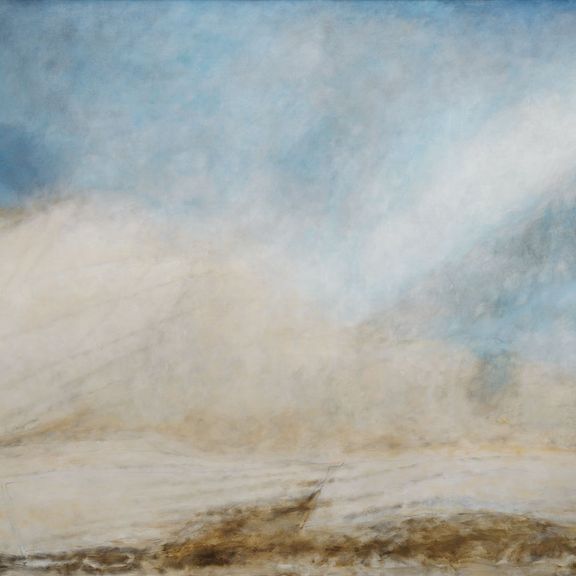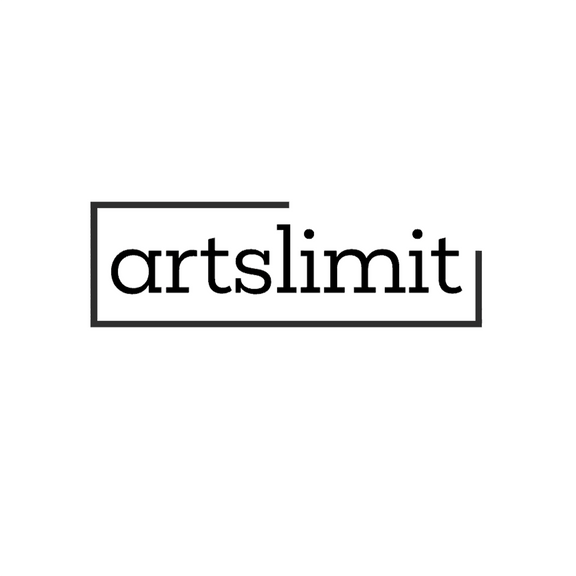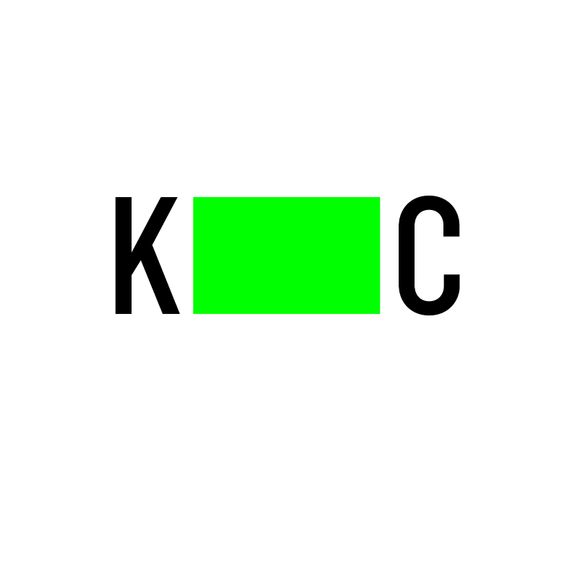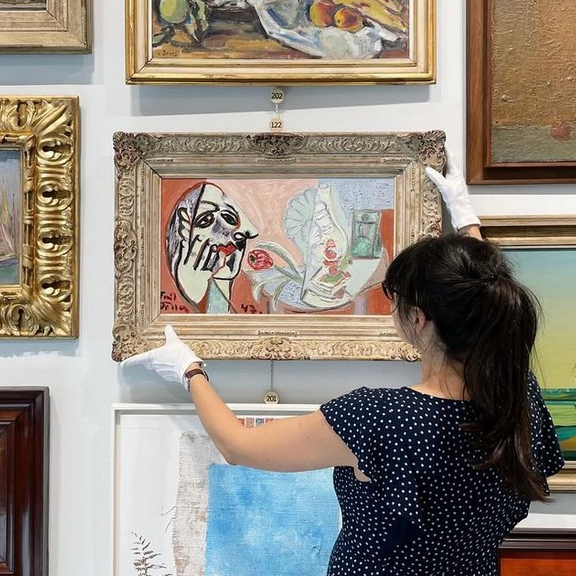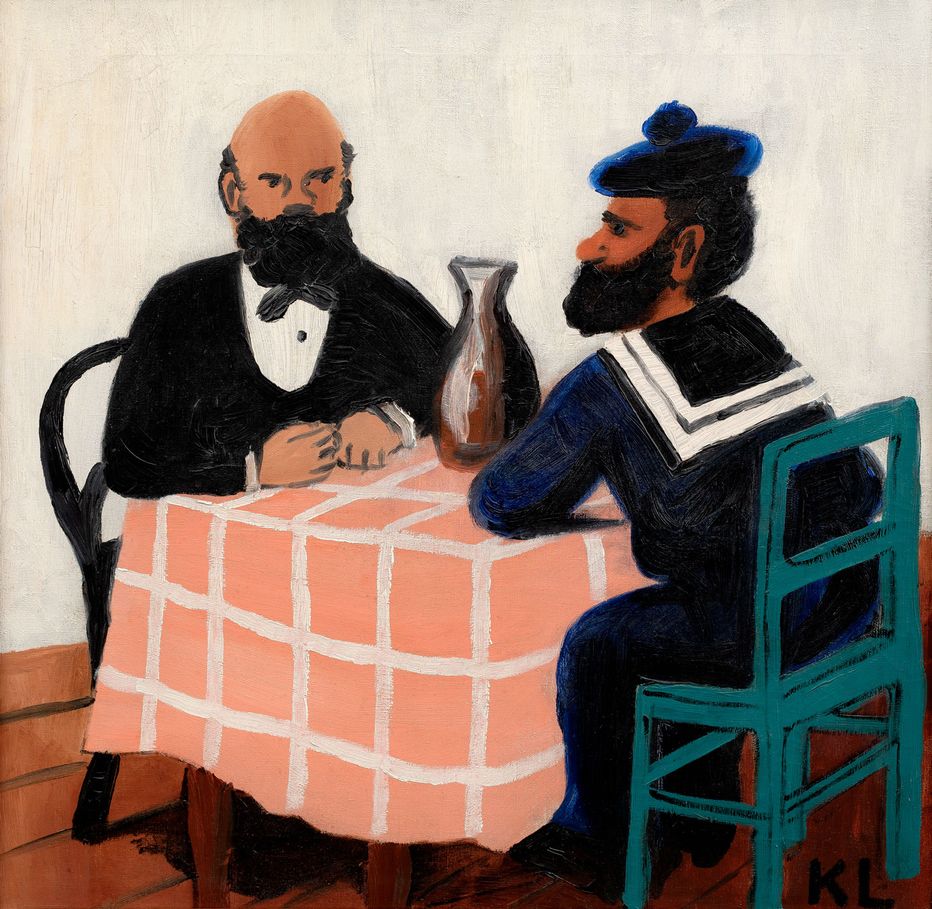
Auction 84th, Lot 212 This unique, and famous, canvas by Kamil Lhoták is a great example of his earliest known work and at the same time one of the first themes he devoted himself to. Even before he intelectually merged with the Group 42, his artistic style was close to Rousseau's naivism. Lhoták's law studies were interrupted by the Second World War and the closure of universities, and it was at this time that he fully embarked on the journey of an artist. Although he was self-taught, he quickly established himself on the art scene, and after 1940 his style gradually changed. But here we have before us a unique example of one of his first known paintings. Thematically, it is related to Lhoták's childhood love, namely the adventure novels by Julius Verne, to which in the first period of his work he created his own pictorial accompaniments. In the oil painting The Travel Stories he takes us somewhere to a restaurant or bar where a sailor meets a city gentleman, and we can only imagine what adventurous stories are being told that evening. The story of the sailor will certainly be similar to those conjured up by Julius Verne on the pages of his books. Although the painting is simple in its design and theme, it is surprising how atmospheric it is and how Lhoták's charmingly naive work leaves us tense in anticipation of a fantastic story. The painting is listed in the author's list of artworks under the same name and number 3. The painting is reproduced in the author's monograph (L. Šteffek, Kamil Lhoták: Paintings, Prague 2018, p. 15) and was exhibited at Lhoták's largest retrospective exhibition to date in the Municipal House in 2018 (Team of authors: Kamil Lhoták, Retrospective, Prague 2018, p. 104) or for example at the exhibition Sic Itur Ad Astra (Kampa Museum, Prague 2015, p. 40). Assesed during consultations by prof. J. Zemina and PhDr. K. Srp. From the attached expertise by PhDr. R. Michalová, Ph.D.: “[...] The assessed painting The Travel Stories perfectly represents the author's first creative period. In the solitude of his own ideas, dreams and personal pictorial evocations a painter of unrepeatable poetics was born, a painter intoxicated by the scent of adventure from children's books, enchanted by yellow balloons rising to the sky and modern inventions from the beginnings of today's technology. Characteristic and quite typical for him was the intertwining of an indisputable intellectualism with an almost childish emotional naivety and deliberate expressive primitivism. [...] “.
